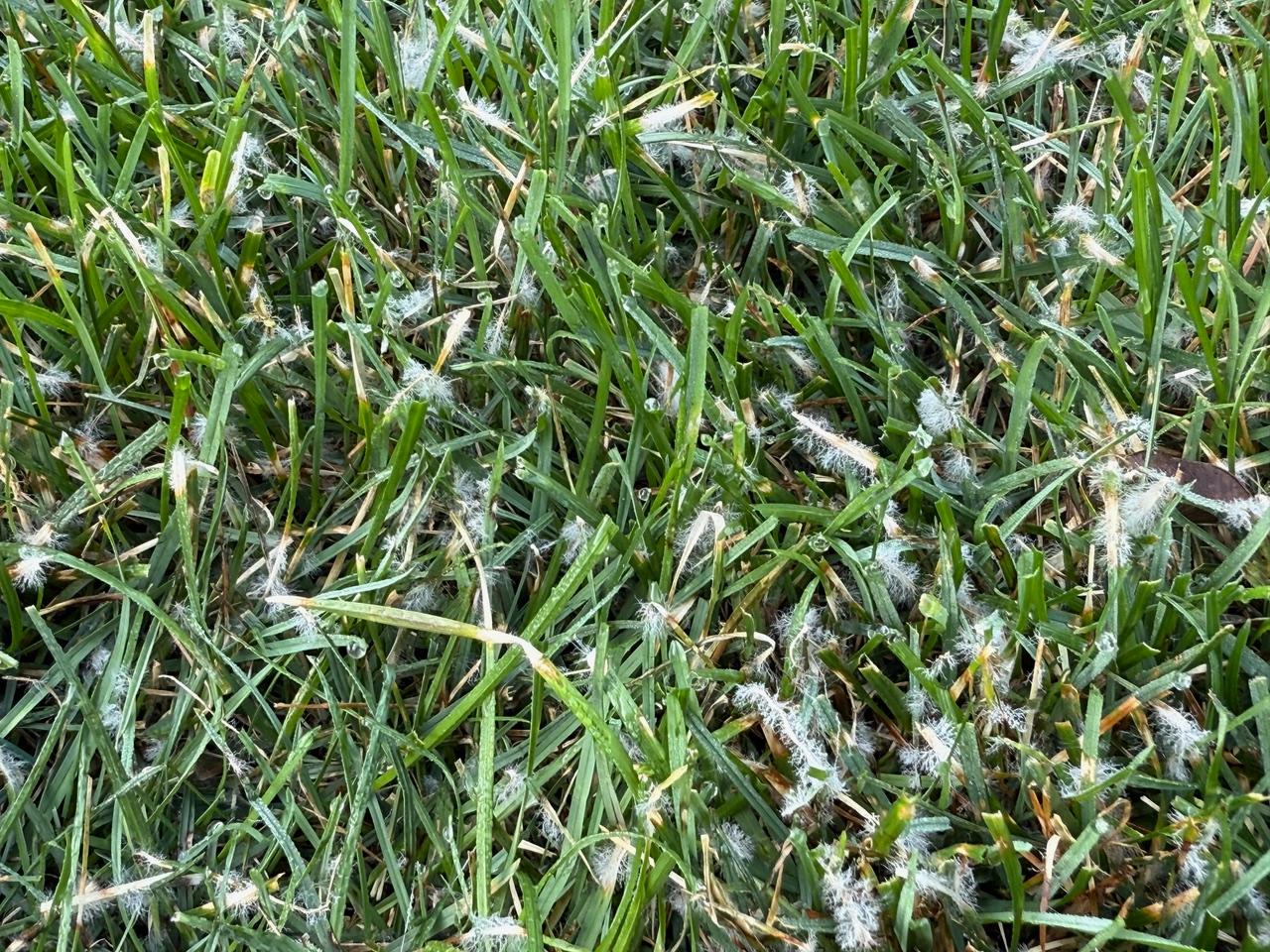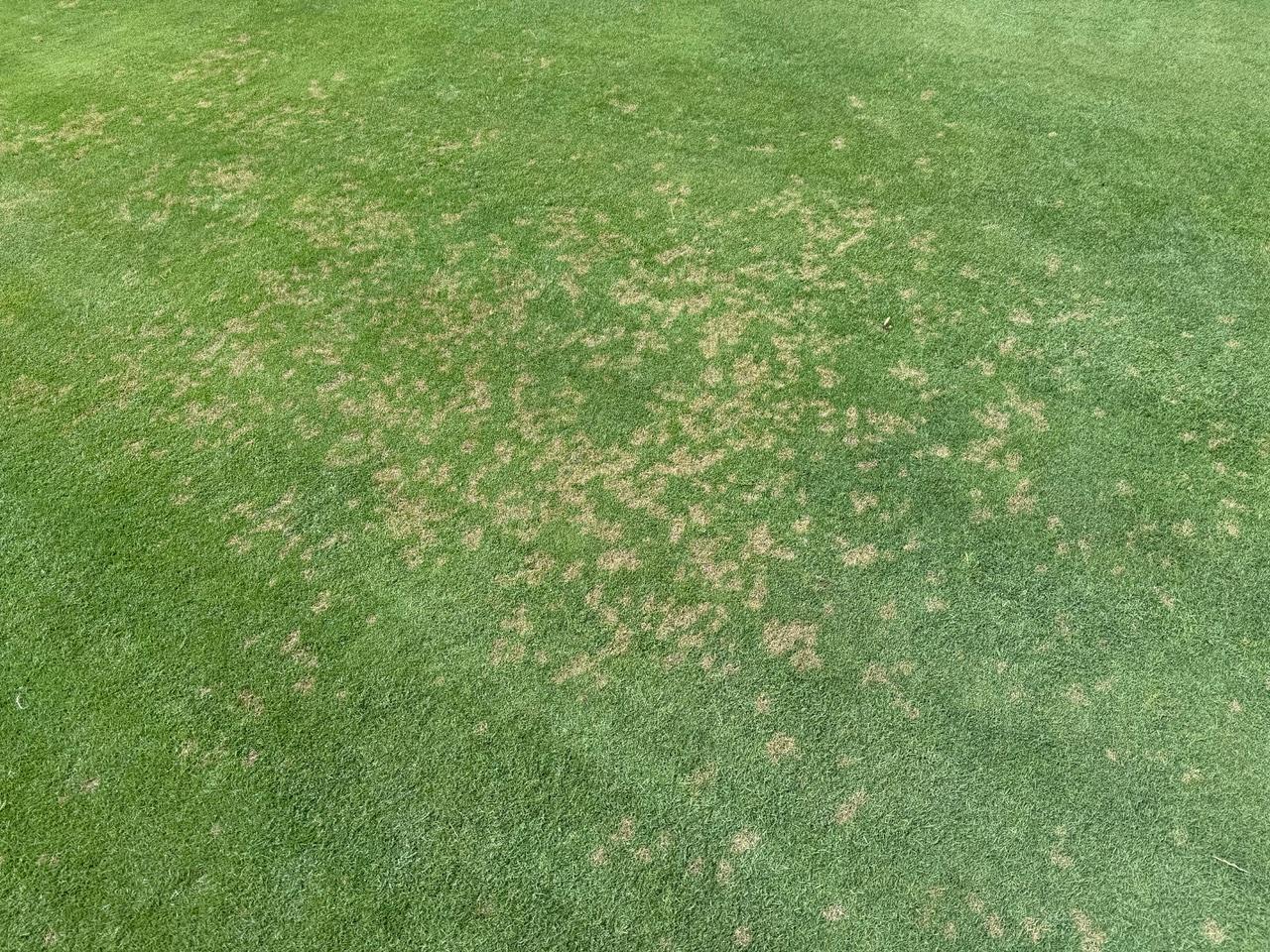Turf update: Stressful summer for turf on golf courses
This was a summer of extreme temperatures, high humidity and precipitation excesses and deficiencies. The result was stressed turf, turf death and less than perfect turfgrass conditions throughout the summer.

This summer brought extreme temperatures, high humidity and precipitation excesses and deficiencies. The result was stressed turf, turf death and less than perfect turfgrass conditions. More than once this summer, as I scrolled through the various social media platforms, I’d see a post that asked, “What happened to the course? The last time I played it was perfect.” Sometimes the simplest explanation is the best and, in a word, what happened is weather. For long stretches this summer, the weather was quite simply brutal for growing high quality turf.
Dew points this summer have been in the upper 60s to low 70s for extended periods. Combined with high temperatures, especially high nighttime temperatures, this created ideal conditions for numerous diseases including dollar spot, brown patch, pythium diseases, summer patch, crown rotting anthracnose and rust. I can’t remember a summer when I saw more dollar spot mycelium. Disease pressure this summer has been more severe than what is typically experienced in Michigan.


Precipitation has been variable across the state with southeast Michigan generally having excess precipitation in the last 90 days while portions of central and western Michigan have precipitation deficits of 2 to 6 inches in the last 90 days. That translates to as much as two months behind normal. Recent rains in the last couple days have provided at least temporary relief, but it will take more than a day or two of rain to correct these deficits. Jeff Andresen, agricultural meteorologist with Michigan State University Extension, provided an excellent recap of past and current weather conditions on Aug. 19, 2025.
While some areas had heavy rainfall events causing localized flooding in low lying or poorly draining areas, others have been experiencing wilt and localized dry spot. Regardless of what caused the damage, many areas will require reestablishment. The combination of heat and excesses of precipitation saturated many putting green rootzones, resulting in reduced rooting and softer surfaces more prone to foot traffic damage. Many golf courses will be aerating greens and back filling the holes with sand in the next weeks to months to provide oxygen to the rootzone, sand to dilute organic matter and firm the surface, and provide relief to the turfgrass.
Autumn is in the air and as temperatures change, other pests may become problematic. Japanese beetle and European chafer grubs may cause damage starting in late August and September. Japanese beetle grubs are likely to be a problem in irrigated turf, like golf course fairways. European chafer is a problem in unirrigated turf, such as golf course rough.
This year has been one of the toughest years for managing turf in recent memory. Keep in mind that your golf course superintendent is doing the best job they can to counteract the challenges Mother Nature imposes to maintain a high-quality playing surface for your golf course.



 Print
Print Email
Email
